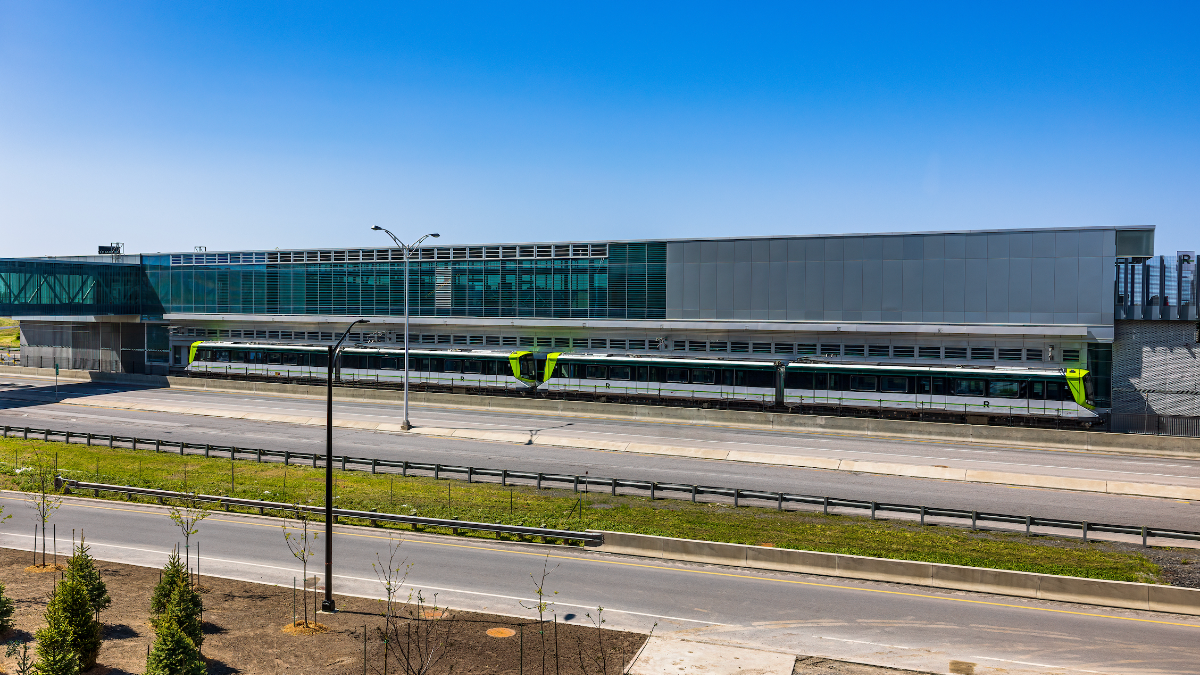Related

A Tramway Will Not be Enough
to Serve Eastern Montreal


Director of Transportation and Land Use, Eric Goldwyn, and Fellow Jonathan English have both profiled the new REM (Metropolitan Express Network) transit project. In “On Track for Success: Decoding Montreal’s REM Model for Efficient Transit Projects in the U.S.” Goldwyn writes:
...(REM) stands out as a recent North American project that has begun to address some of the challenges that have foiled so many others. Earlier this summer, REM launched the first leg of its automated light metro service connecting Greater Montreal to its Central Station downtown. REM is projected to eventually move 160,000–170,000 riders per day via 26 stations along 41 miles of track. Total cost estimates for the project have gone from C$6.3 billion to C$7.95 billion. This 26% increase is notable, but even at C$191 million per mile, the number is well below global averages and significantly less than US projects that routinely eclipse a billion dollars a mile. What is REM getting right that other projects aren’t?
And in “How Montreal Built a Blueprint for Bargain Rapid Transit,” for Bloomberg CityLab, English notes:
Think of what other North American cities could build if they followed the REM’s lead. Take New York City, which is planning the Interborough Express (IBX) light rail project between Jackson Heights and Bay Ridge. Its budget is currently $5.54 billion for a 14-mile route along a freight rail corridor. At REM prices, that amount would pay for not only the IBX, but also 31 additional miles of rapid transit—say, a long-promised line along Utica Avenue in Brooklyn, an extension of the IBX to the Bronx, a 6 Train extension in the Bronx, and a rail link to LaGuardia Airport. In other words, New York could complete nearly all the subway projects that have been officially proposed over the past several decades.
Please fill out the information below to receive our e-newsletter(s).
*Indicates required.